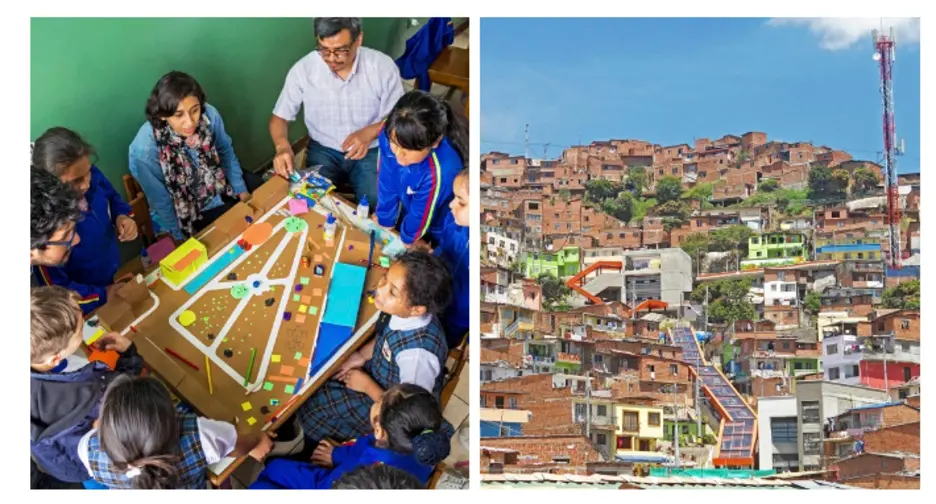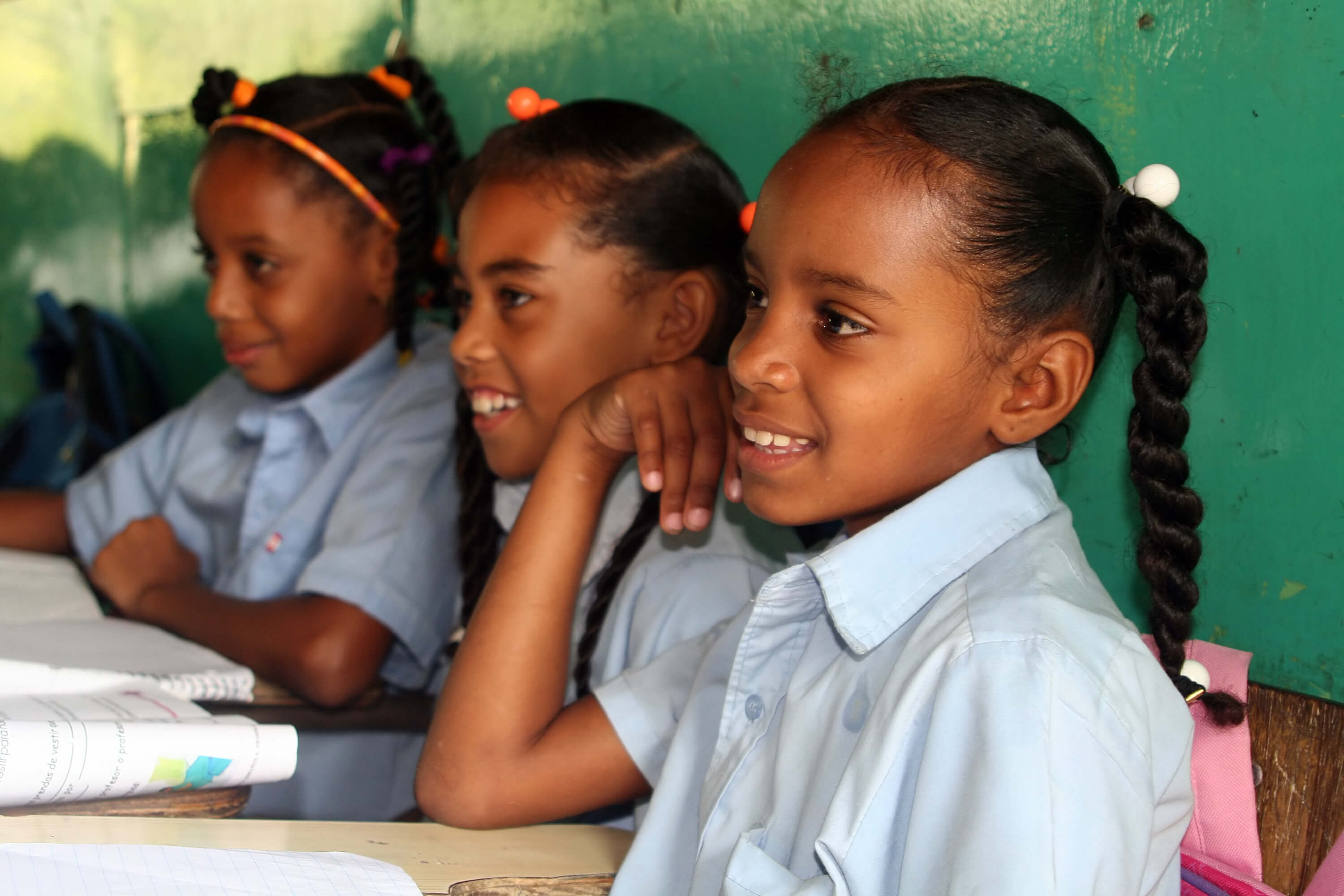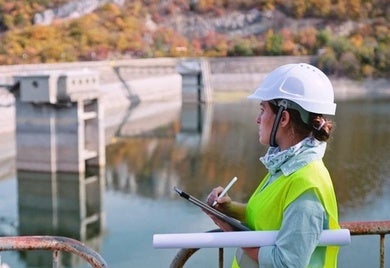IDB World: Citizen Urbanism, Teleworking with Gender Lenses, Glaciers & Sustainability

Citizen-led Urbanism: Another way to create cities
In recent years, a new approach to urban planning has been gaining ground around the world: citizen-led urbanism. This concept is based on the idea that cities should be designed and developed takin into account the needs and aspirations of their inhabitants.
Rather than being a process led exclusively by experts and planners, citizen-led urbanism empowers the community to actively participate in decision-making, implementation and maintenance of public space interventions.
In Latin America and the Caribbean (LAC), citizen-led urbanism is here to stay. From small local initiatives to large urban transformation projects, citizens are taking the reins of development in the region’s cities. The Inter-American Development Bank (IDB), in its commitment to urban innovation, through its Cities Lab, has published a book that compiles 76 cases of citizen-led urbanism in 38 cities in the region. We hope that this article will serve as an inspiration to many municipalities in the region, and that it will encourage the development of this type of initiatives to achieve a closer and more citizen-centered urbanism.
Redefining work and family life: the impact of teleworking on the gender gap
The new dynamics of teleworking have left a deep impression on our lives. This has altered the way we work and distribute responsibilities at home. Events that generate changes in employment, such as the COVID-19 pandemic, have impacted gender roles, paid and unpaid work.
A data analysis of Costa Rica and El Salvador reveals recent transformations in the gender gap regarding the use of time. Historically, women have carried the main burden of household work. Men, on the other hand, have participated more in paid work outside the home. Data on average hours spent on paid and unpaid work in Costa Rica and El Salvador during 2019 support this traditional division. In both countries, women’s hours of unpaid work were four times those of men, or more.
However, pandemic containment measures temporarily eliminated spatial and gender differences in time use. In addition, school closures and limited access to child care increased the demand for unpaid work.
Farewell to Glaciers: How Global Warming is Transforming Disaster Risk in the Peruvian Andes
It is not something that most people have very much in mind, but we are among the last generations that will have the rare privilege of seeing the glaciers in the Andes. The most recent estimates suggest that important Andean glaciers could disappear or recede significantly over the course of the next century; some could lose between 78 and 97 percent of volume in the next 80 years (Schoolmeester et al., 2018; Giménez, 2019). This also happens in other parts of the planet: the Alps already lost 17 percent of their glaciers in the last 20 years (Estivill, 2022); and in the Himalayas and the Hindu Kush, glacial retreat has accelerated 65 percent since 2010 (ICIMOD, 2023).
This situation, derived from the warming experienced by the planet after the start of the Industrial Revolution, will have negative implications in the daily life of millions of people, with manifestations that we are just beginning to see and understand. The increase in the occurrence of disasters in the high Andean regions and the alteration of water availability are the challenges that most worry the communities in the upper part of the Cordillera.
The scientific consensus is clear regarding the seriousness of the problem in the Andes, both because of its intensity and its speed. Observed warming in the Peruvian Andes caused, on average, 22 percent of glaciers to be lost in the last 30 years. These losses have differentiated manifestations within the country: the mountain ranges that have lost the most glaciers since the measurements began are La Blanca (169), Huayhuash (66) and Central (45); however, it is those of Chila, Chonta and Huanzo that have lost the most glacier surface (Figure 1). The El Barroso and Volcánica mountain ranges have already completely lost their glaciers (La República, 2022)
LIKE WHAT YOU JUST READ?
Subscribe to our mailing list to stay informed on the latest IDB Invest news, blog posts, upcoming events, and to learn more about specific areas of interest.
Subscribe


